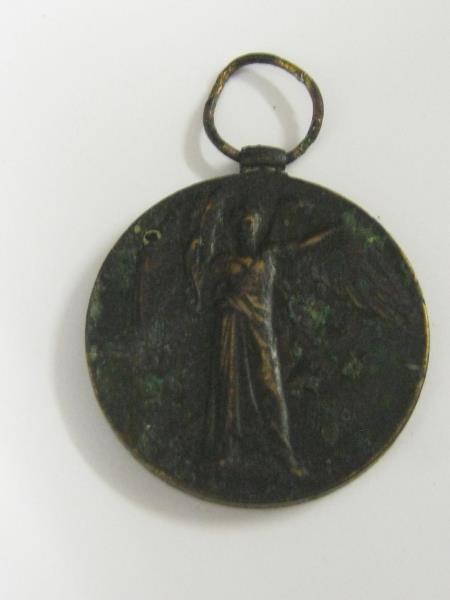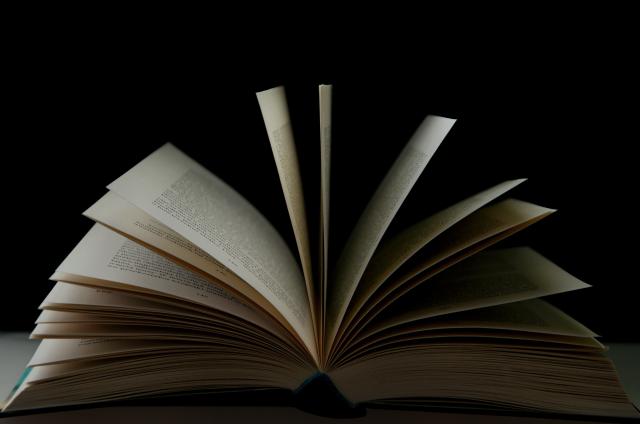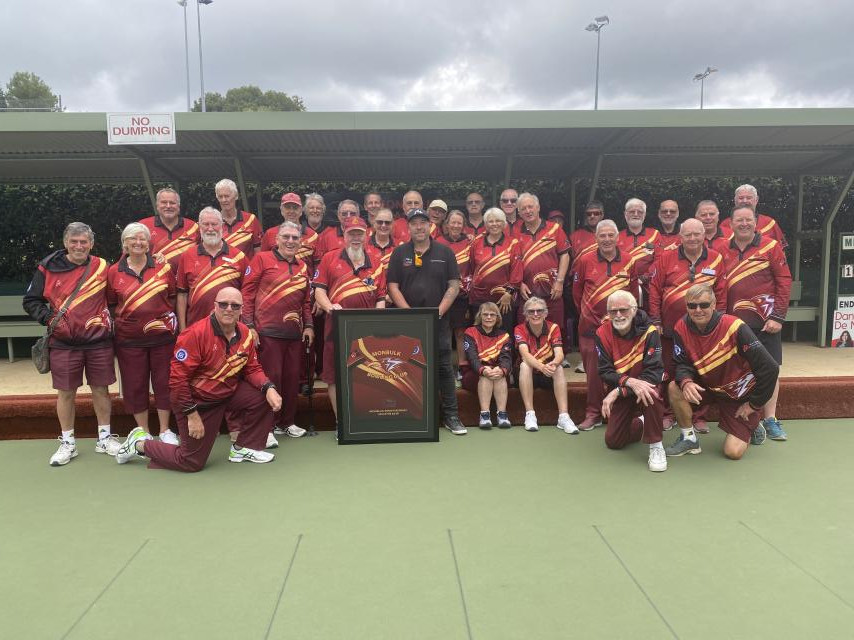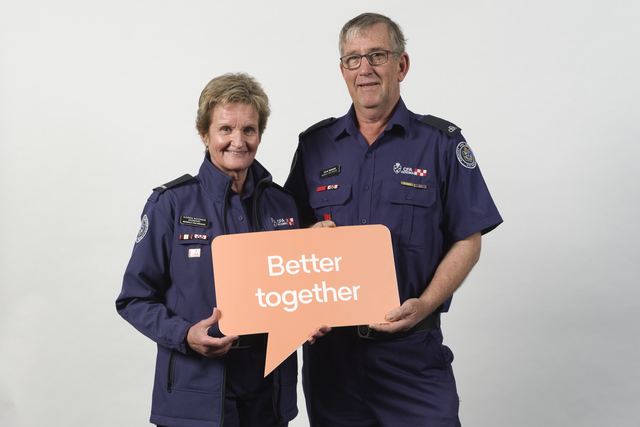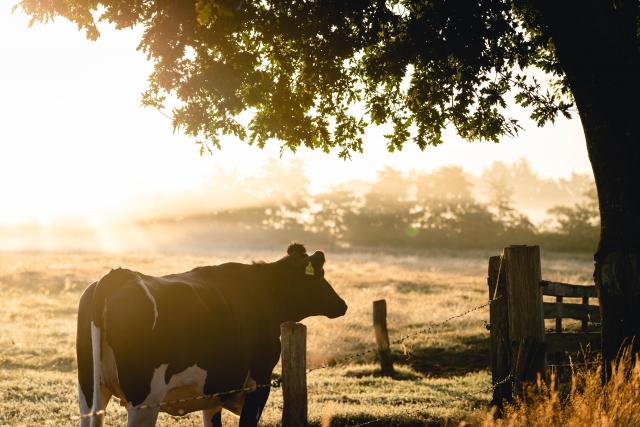By PETER DOUGLAS
ROSS McConchie was recently thrilled to discover an old, tarnished Victory Medal from World War I when he was digging in his garden at Olinda.
But what he dug up at his property was more than just a medal; it is a story that should be part of the history of the Dandenong Ranges.
The property where the medal was discovered had once been a guesthouse, but unfortunately it burnt down in the early 1900s.
The once shiny golden medal would have hung from a colourful ribbon, which unfortunately had either rotted off or been burned.
Around the edge of the medal, a faded name surrounded by initials is etched around the edge: ‘#4122 Pte. J. Taylor, 4th L.H.R. A.I.F’, which stands for ‘Light Horse Regiment, Australian Imperial Force’.
Aenone McRae-Clift, researcher at the Running Rabbits Military Museum in Upwey, provided some information on John Taylor, owner of the dug-up medal.
Mr Taylor was born in early 1896 in Lanarkshire, Scotland.
His family immigrated to Australia after John’s mother, Janet, became a widow.
Janet lived in the heart of Sassafras from 1903 to 1921, forming a close relationship with the Hills, before moving to Preston.
On 19 July, 1915, John was enlisted in the 4th Light Horse Regiment, 11th Reinforcement.
The Light Horse Regiment was a mounted infantry troop of the Australian Army, which was established in 1914.
Mounted infantry implies the soldiers rode horses into battle instead of marching. For a few years, John served overseas in Egypt, where the 4th Light Horse Regiment fought against the Ottoman Empire, before returning home safely in June 1919.
His name can be found on the electoral rolls for Victoria, stating he lived in Sassafras from 1924 to 1938 as a butcher, before becoming a motor proprietor in 1942.
Mr Taylor moved into Everest Crescent, Olinda during 1949, which was where Ross McConchie unearthed the old Victory medal.
As well as the Victory medal, Taylor also received the 1914-’15 Star and the British War Medal.
The three medals awarded to him were the usual service medals awarded to all men who served during WWI.
Undoubtedly, John Taylor helped protect our country and was an incredible soldier during the war, before becoming a respectful member of the Sassafras and Olinda community.
John’s death was difficult to interpret due to a loss of records during that time.
He was shown living in Olinda in 1949, though he was not included on the 1958 electoral roll, suggesting he must have passed during those dates.
Afenone did some research on men who had passed away in Victoria under the name ‘John Taylor,’ only one man seemed to fit the description, implying he passed in 1952.
After some further research, Aenone suggested John’s father died in the UK before Janet and young John immigrated to Australia.
John Taylor was never married or had children, meaning there was no-one to give any family details about his birth certificate.
This means when the medal was handed in to the RSL, there were no known relatives to hand it on to.
The medal is kept in the Running Rabbits Military Museum, with John’s service, record dates and details alongside.
If anybody proved they were related to John Taylor and chose to come forward, providing they could show evidence of some sort, the medal would be handed on to them for safekeeping.
In the meantime, the medal will be kept safely at the Running Rabbits Military Museum and looked after by the many hard-working volunteers.
The museum is open on Thursdays from 10am-12noon, as well as Sundays from 10am to 2pm.

